When it comes to healthcare, the cost of medicine can vary wildly from one state to another. Why do some states see higher pharmacy bills, and how do others keep costs down? Is your state helping you save on prescriptions or draining your wallet?
1. Alaska – Higher Costs
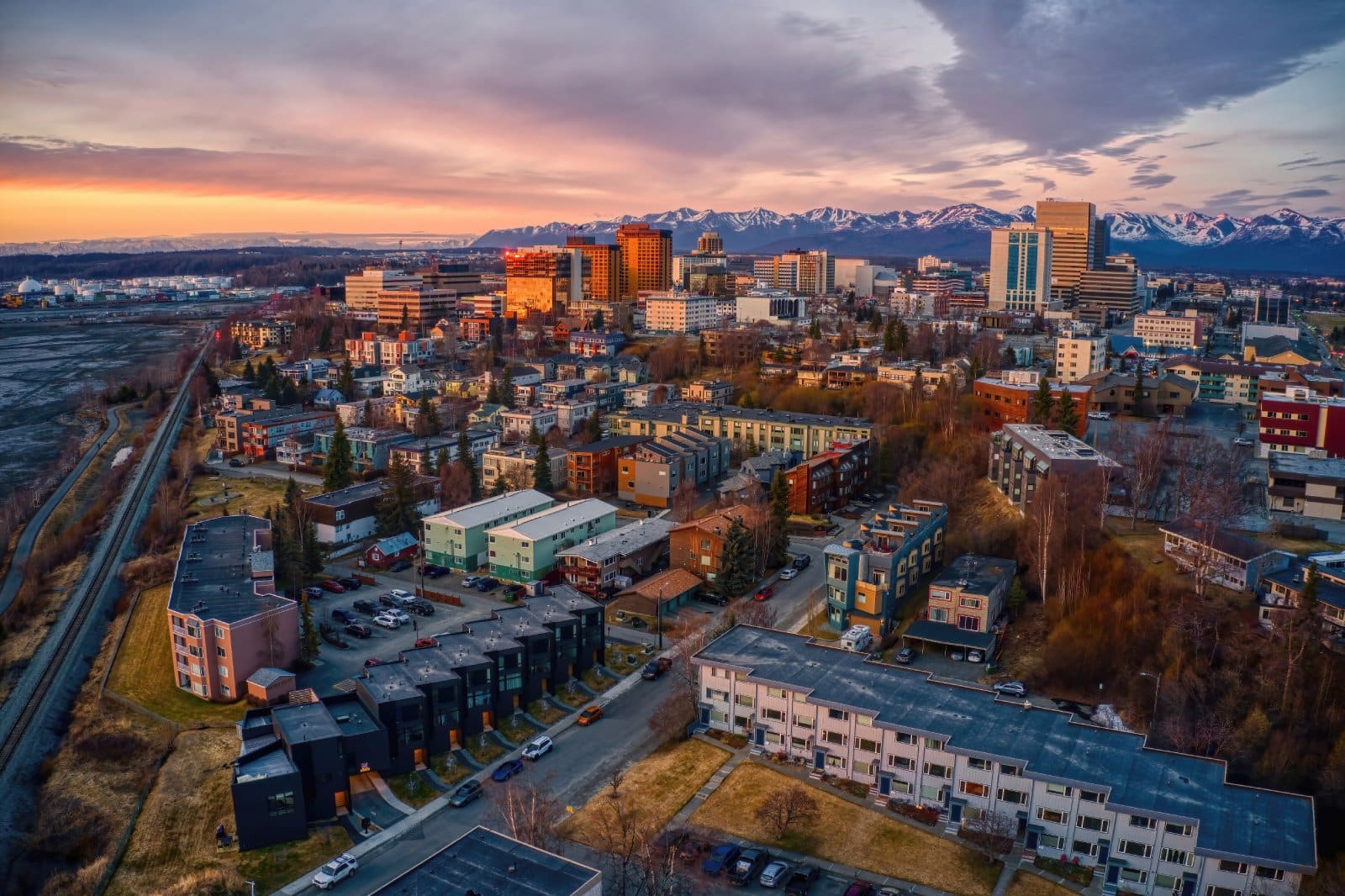
In Alaska, the geographical isolation significantly contributes to higher medication prices. Transportation and logistics hurdles mean that everything costs more to ship, including medicine. Patients in Alaska can expect to pay around 20% more than the national average for their prescriptions.
2. Hawaii – Higher Costs

Like Alaska, Hawaii’s island status inflates the cost of living, including medication prices. The added shipping fees and limited local competition drive up the costs, with residents paying approximately 15% more than what people pay on the mainland.
3. Vermont – Higher Costs
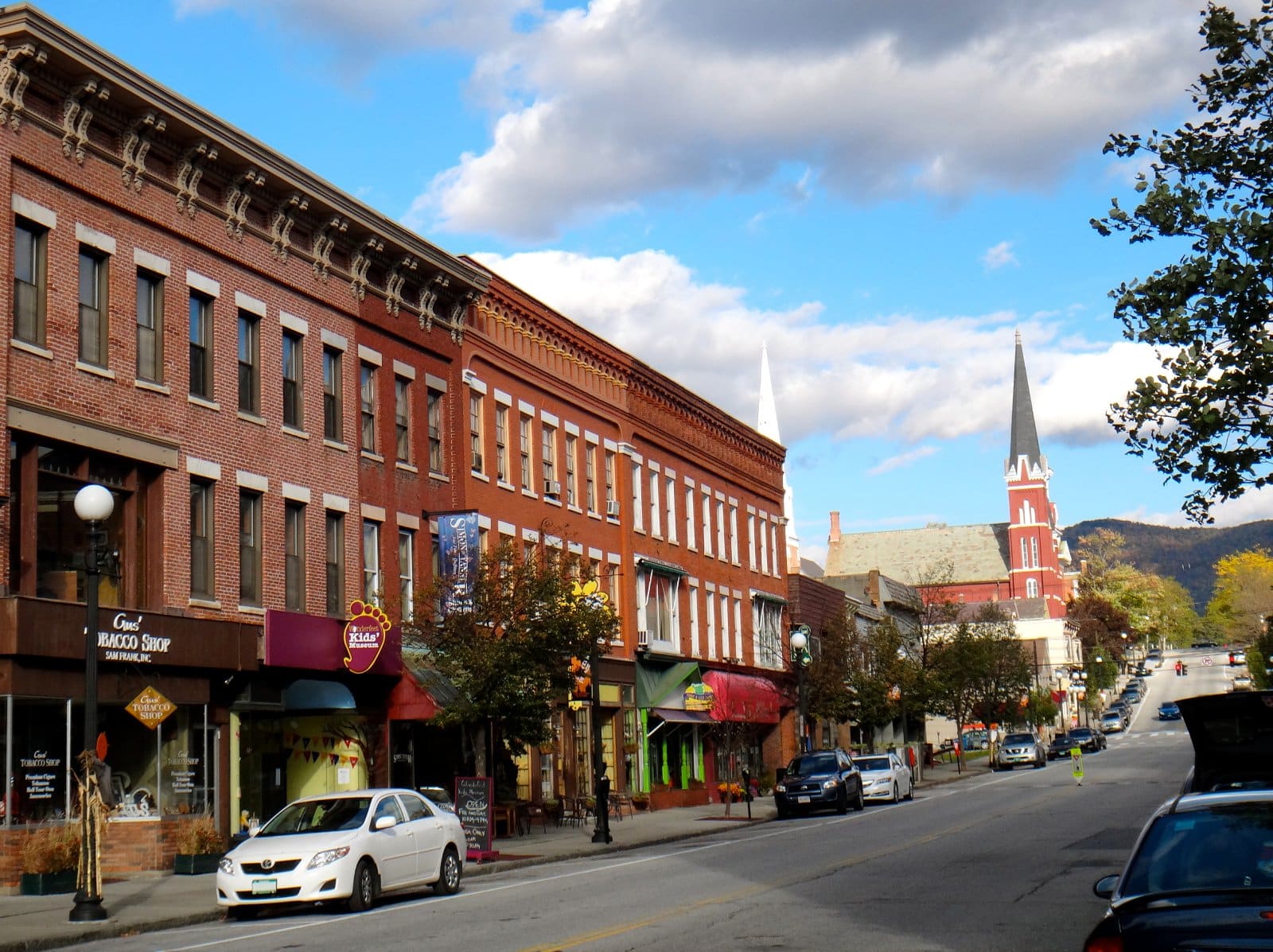
Vermont’s strict regulations and smaller population lead to higher drug prices. The lack of large pharmacies that can offer volume discounts contributes to these increased costs, sometimes by as much as 18%.
4. Maine – Higher Costs

Maine’s rural landscape means fewer pharmacies and less competition, which can drive up prices. Mainers often face medication costs that are about 12% higher than the national average.
5. West Virginia – Higher Costs

West Virginia struggles with high rates of chronic diseases, leading to increased demand for medication and higher prices. Prices here can be 10-15% higher than average, especially for prescription drugs treating long-term conditions.
6. Mississippi – Higher Costs

Mississippi faces significant healthcare challenges, including high rates of uninsured citizens, which decreases overall market competition and price regulation. Residents can see prices about 15% higher than in more competitive markets.
7. New Hampshire – Lower Costs
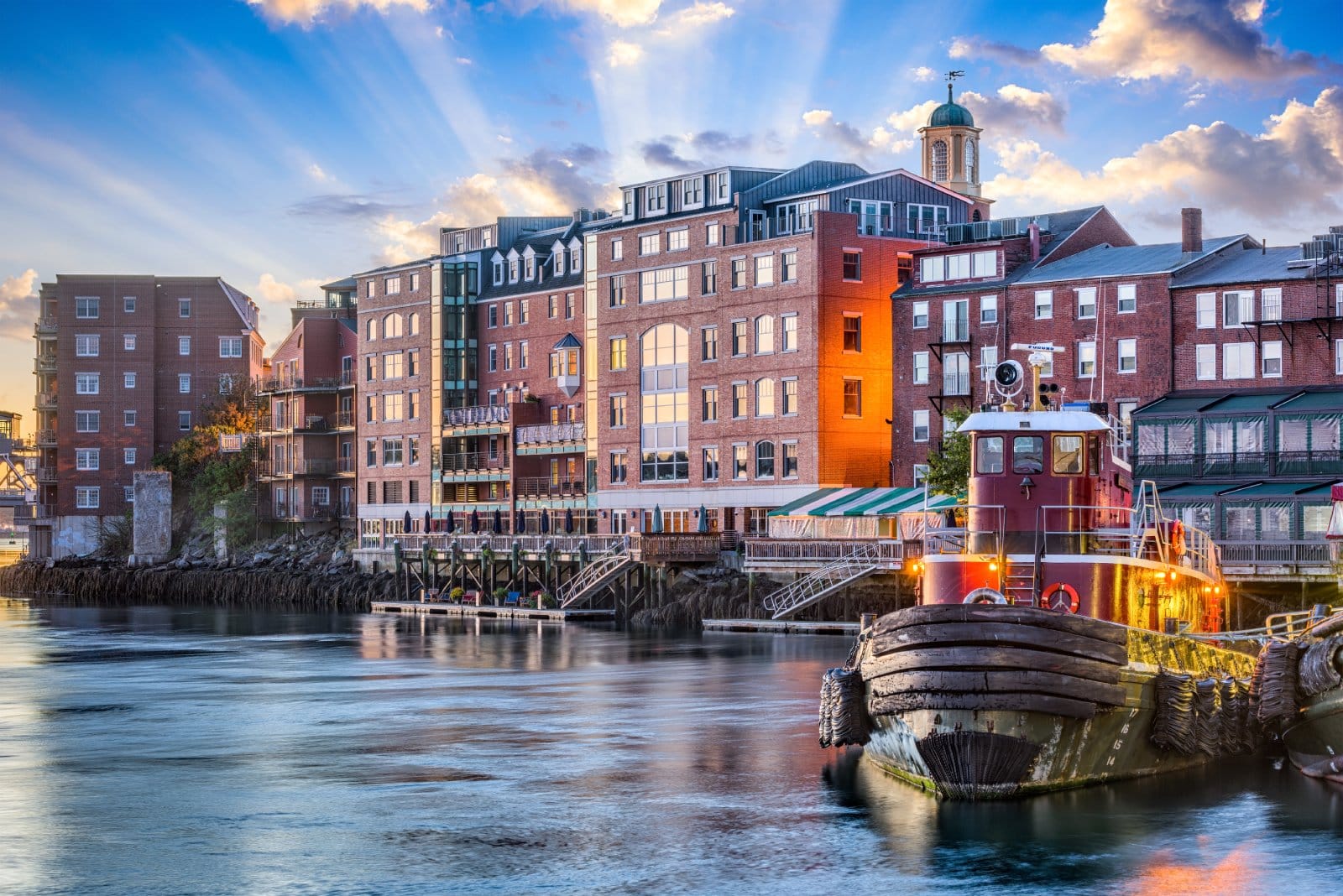
New Hampshire benefits from less stringent regulations and more competition, resulting in lower medication prices. Residents can enjoy prescription costs that are roughly 10% lower than the national average.
8. Arizona – Lower Costs

Arizona’s robust competition among pharmacies and large urban centers like Phoenix keep medication costs down. Arizonans typically pay about 8% less for their prescriptions compared to the national average.
9. Nebraska – Lower Costs

The presence of major pharmacy chains and competitive pricing strategies in Nebraska means lower costs for consumers. Medication prices here can be up to 12% lower than average.
10. Maryland – Lower Costs
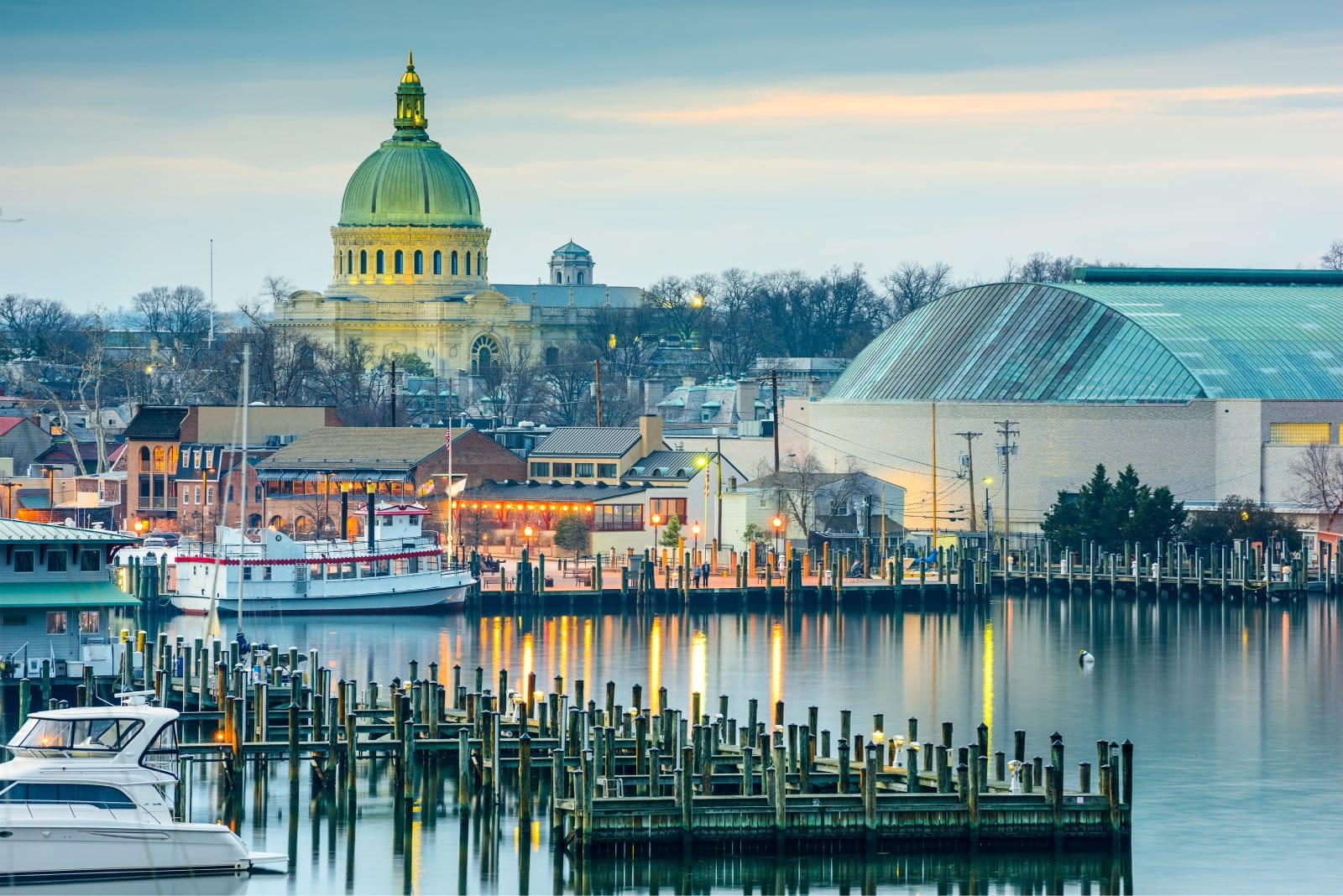
Maryland’s aggressive health policies and programs aimed at reducing drug costs contribute to lower prices for residents. This state sees medication costs about 9% below the national average.
11. South Carolina – Lower Costs
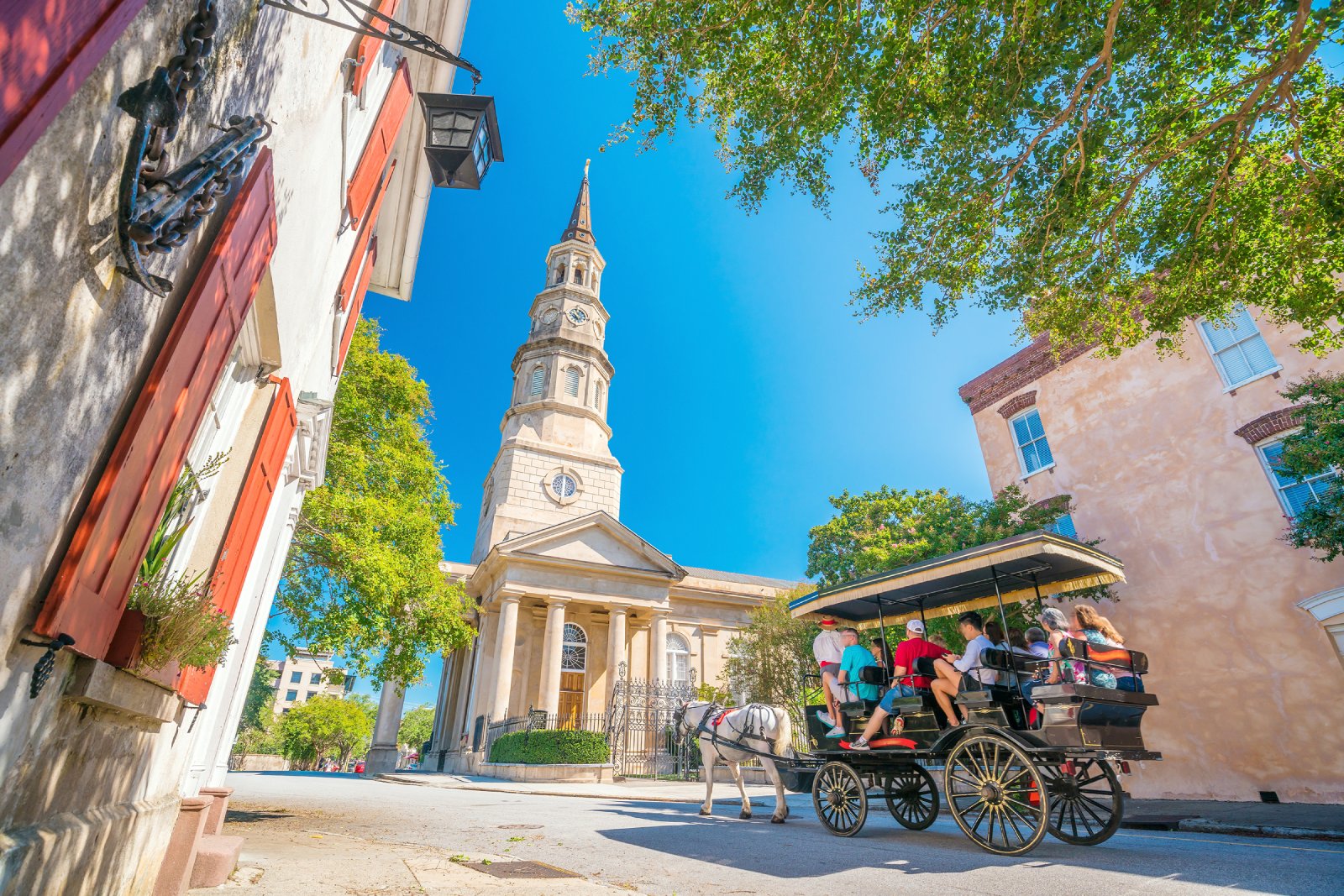
In South Carolina, a combination of robust state-sponsored programs and strong pharmacy competition helps keep drug prices low. Residents can benefit from prices that are about 11% less than the national average.
12. Michigan – Lower Costs

Michigan’s large population and numerous healthcare facilities drive competition and lower prices. Michiganders enjoy some of the most affordable medication costs, around 10% lower than the national average.
13. Idaho – Higher Costs
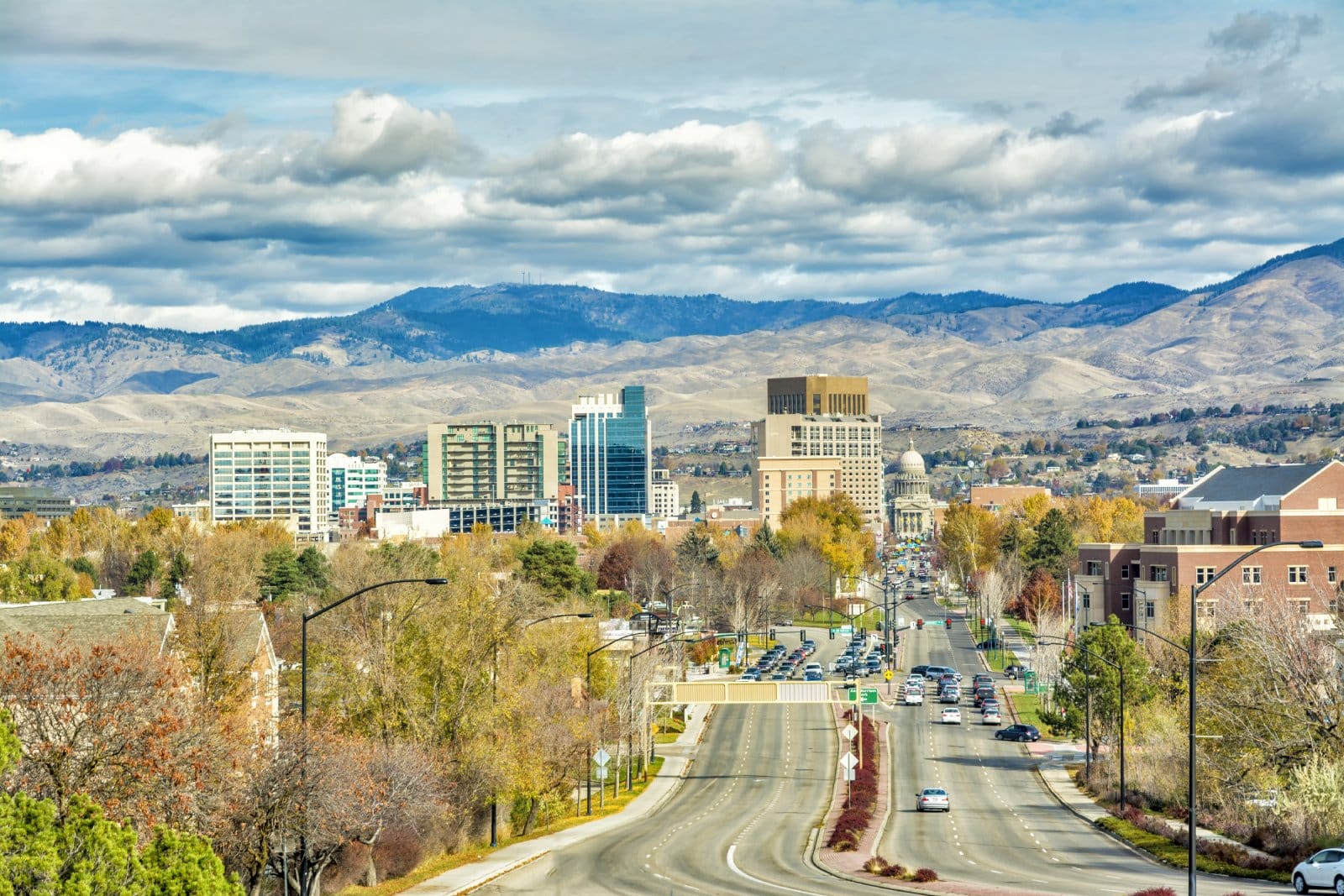
Idaho’s rural expanses mean fewer pharmacies and higher prices due to less competition. This can result in medication prices that are roughly 10% higher than the national average.
14. Louisiana – Higher Costs
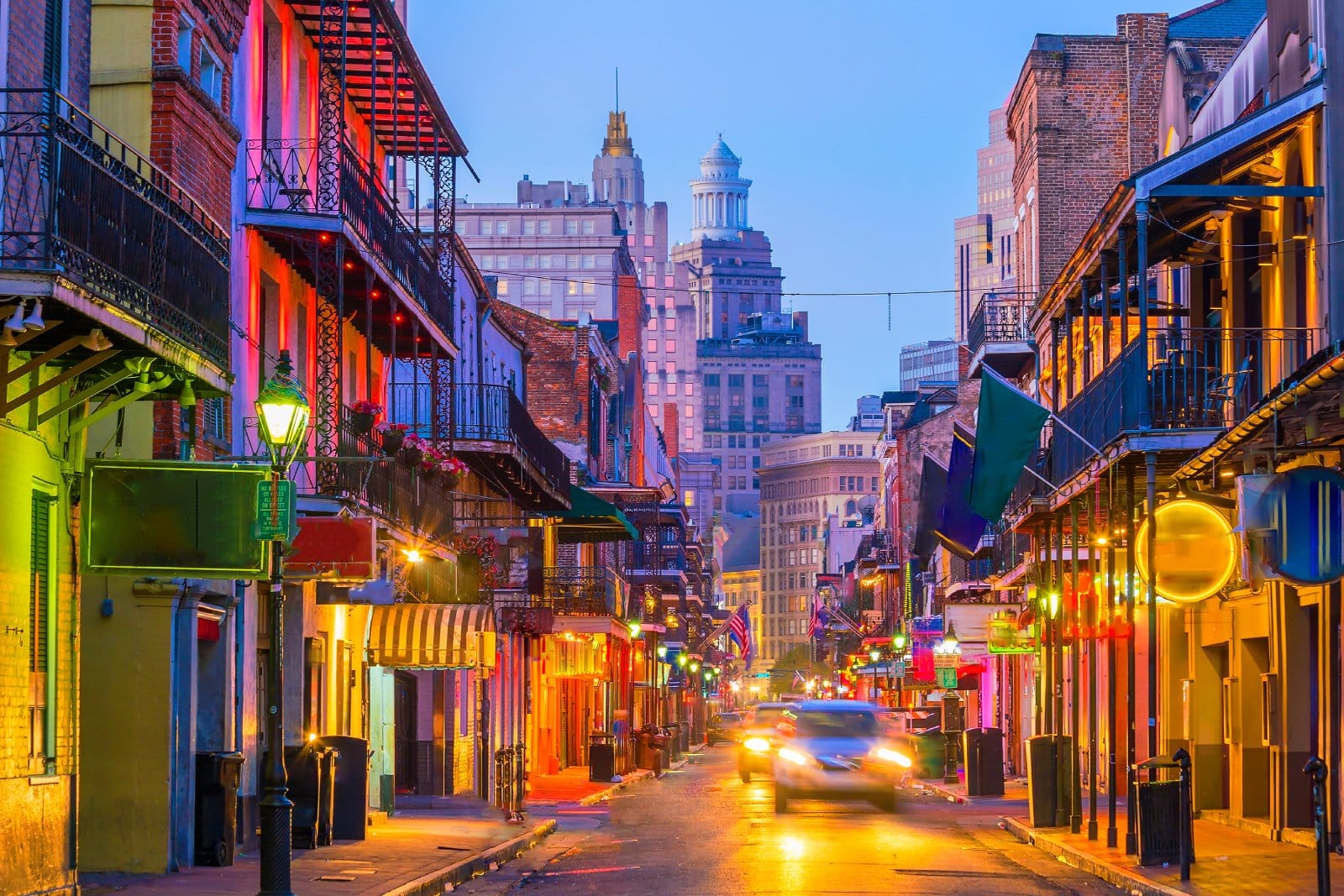
Louisiana’s higher medication costs can be attributed to its overall poor health rankings and higher demand for prescription drugs. Patients often pay up to 12% more than the national average.
15. North Dakota – Higher Costs
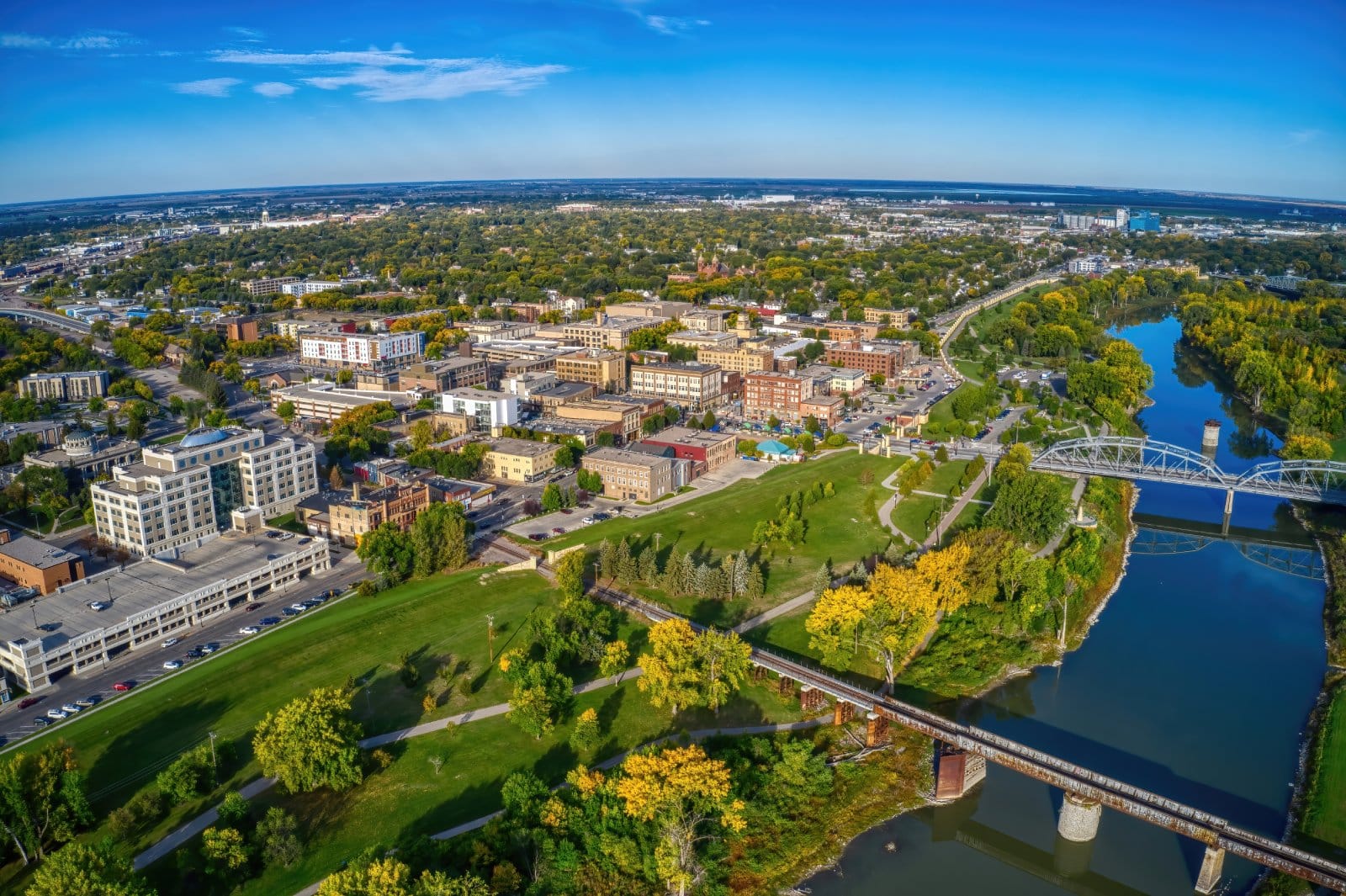
In North Dakota, the sparse population and remote locations lead to higher drug prices due to logistical challenges and fewer competitive market forces, with costs around 13% above average.
16. Montana – Higher Costs

Montana’s residents often face higher drug prices due to the state’s vast rural areas and limited access to large pharmacies. Medication costs here are generally 11% higher than the national average.
17. Connecticut – Lower Costs
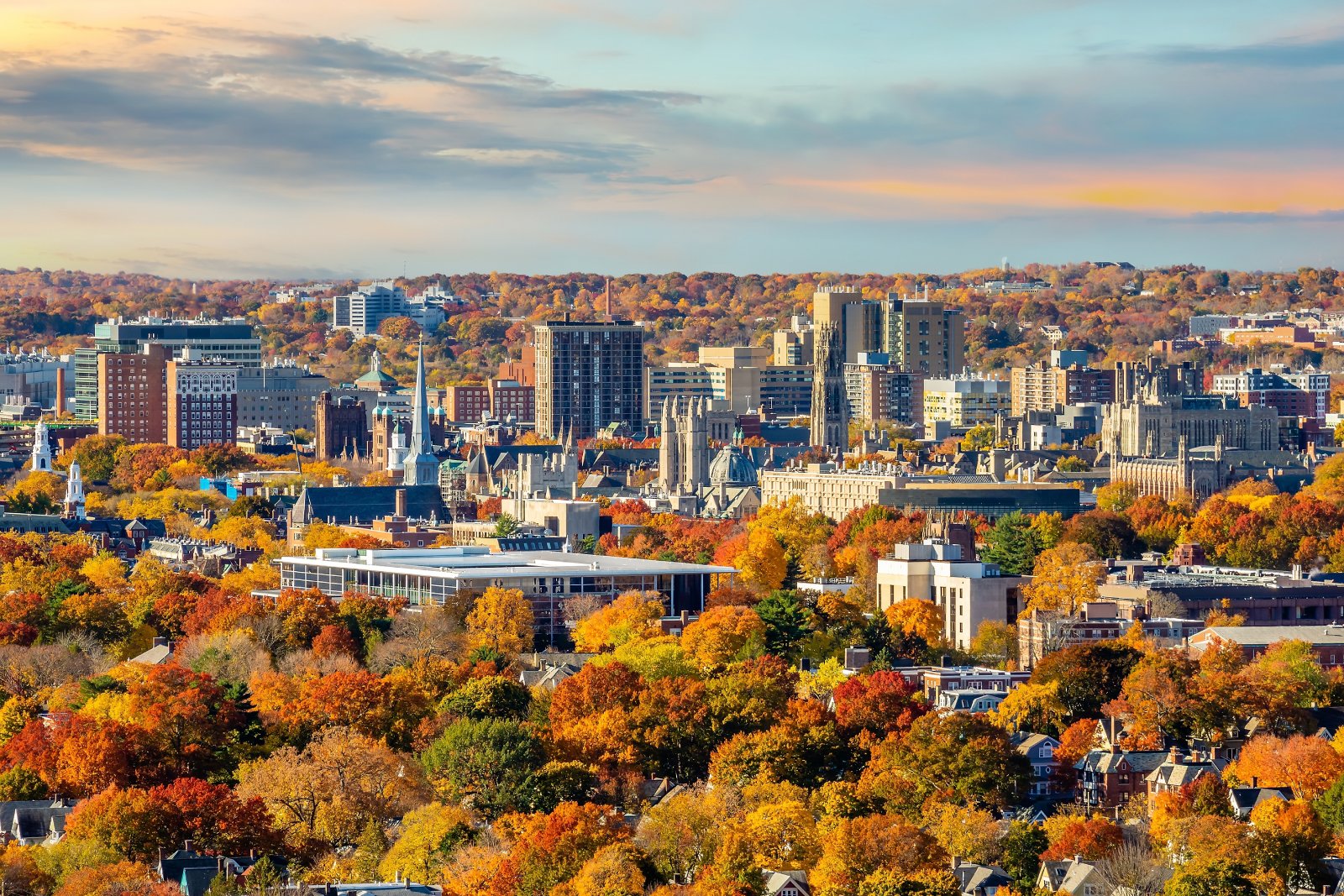
Connecticut benefits from multiple healthcare reforms and a competitive pharmacy market, which help to keep drug prices low. Residents typically pay around 9% less for their prescriptions.
18. Texas – Lower Costs
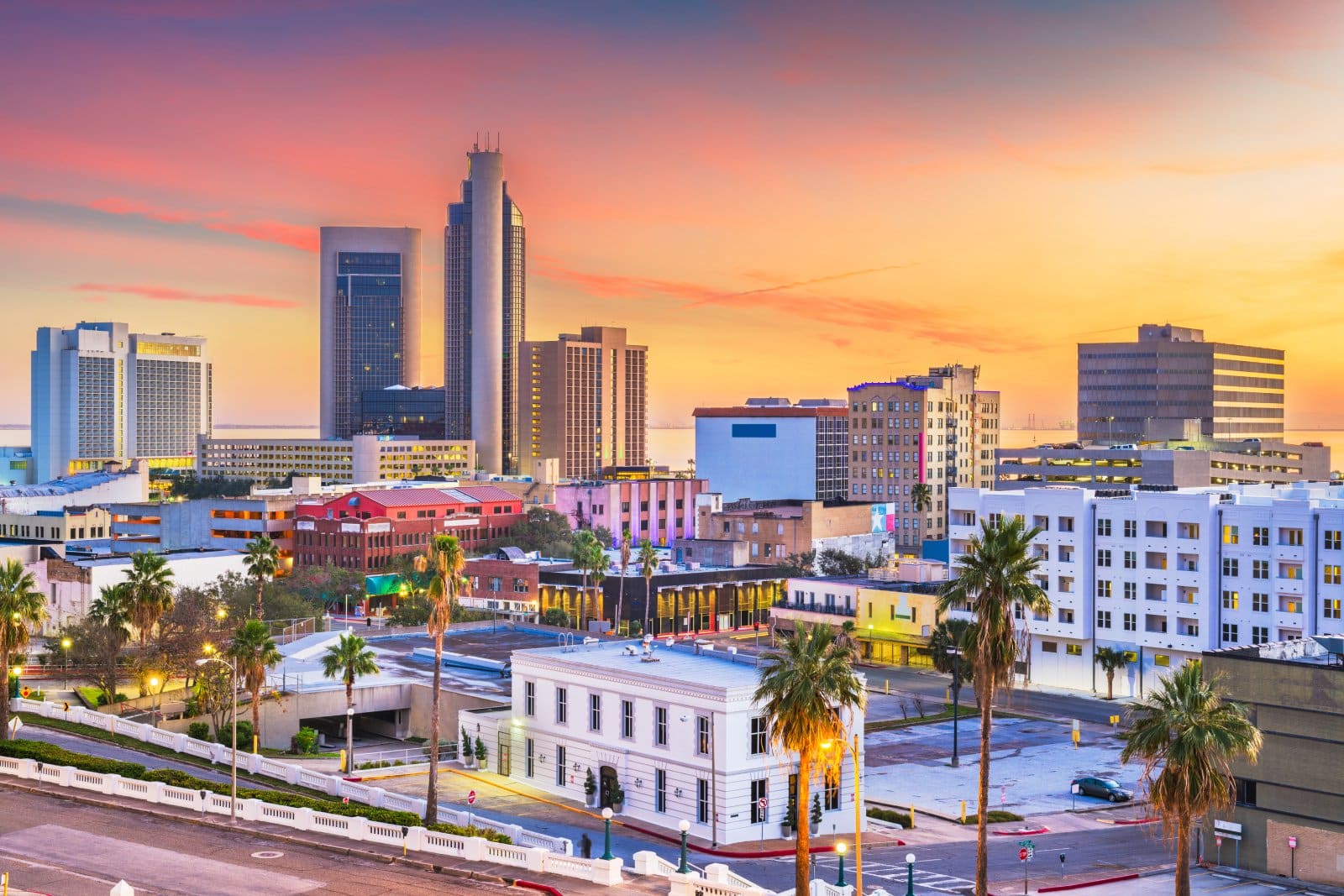
Texas boasts a large number of pharmacy chains and a competitive market, especially in urban areas like Houston and Dallas. This competition helps to reduce medication costs by about 10%.
19. Ohio – Lower Costs

Ohio’s strong network of pharmacies and healthcare providers drives down prescription costs. Ohioans often enjoy medication prices that are around 12% below the national average.
20. Oregon – Lower Costs

Oregon’s progressive health policies and numerous pharmacy options help keep medication prices affordable. Residents benefit from costs that are roughly 8% lower than elsewhere in the country.
Check Your Prescription Savings

As we’ve seen, where you live can significantly impact how much you pay for your medications. Are you living in a state that favors your wallet, or is it time to start a petition for better drug price control?
Featured Image Credit: Shutterstock / Sean Pavone.
The content of this article is for informational purposes only and does not constitute or replace professional advice.
The images used are for illustrative purposes only and may not represent the actual people or places mentioned in the article.
For transparency, this content was partly developed with AI assistance and carefully curated by an experienced editor to be informative and ensure accuracy.





